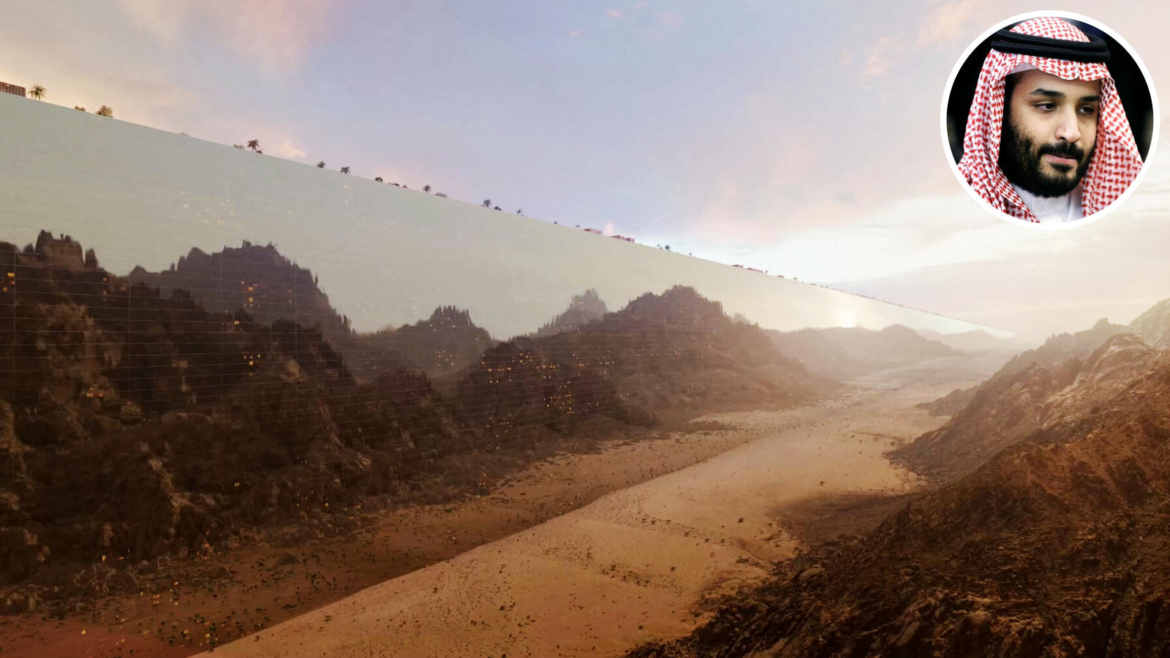His Royal Highness Mohammed bin Salman’s ambitious Neom project—a futuristic eco-city envisioned to redefine urban living—has encountered a new and potentially significant hurdle: the very environment it pledged to protect. Originally conceived as a beacon of sustainable innovation and a testament to the Crown Prince’s vision for a greener Saudi Arabia, the project now faces serious concerns raised by its own climate advisor regarding potential alterations to local weather patterns. This revelation casts a shadow over the already complex path of the $500 billion undertaking.
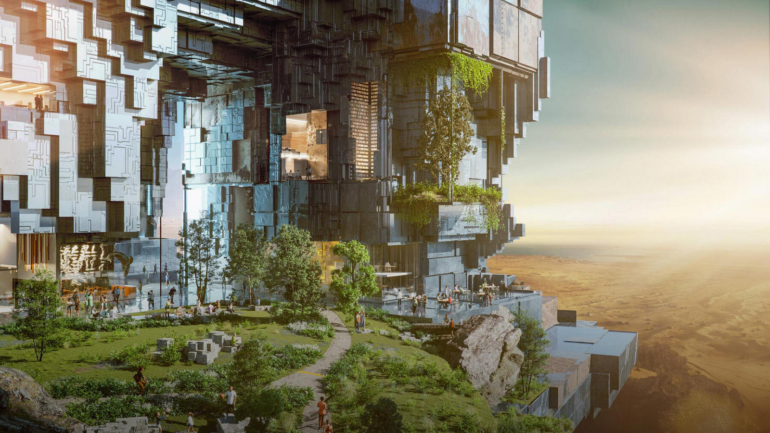
Neom, the brainchild and flagship initiative of the Crown Prince, was designed to be a revolutionary urban space that seamlessly blends cutting-edge technology with environmental consciousness. The concept features audacious developments such as “The Line,” a 170-kilometer-long (~106 miles) linear city with towering mirrored facades, promising an unprecedented model for future urban design. However, the sheer scale and distinctive architecture of these constructions are now triggering alarm within the project’s own sustainability advisory board.
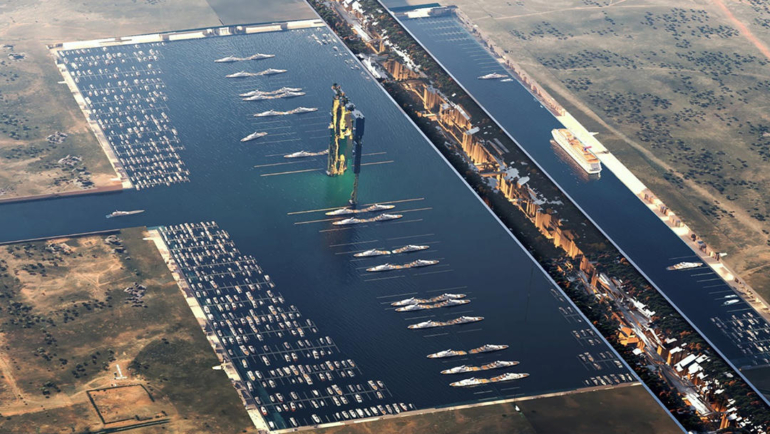
Donald Wuebbles, a leading climate scientist and paid advisor to Neom, has voiced persistent concerns about the impact of the city’s expansive infrastructure—including the linear metropolis, planned ski resort, and artificial islands—on the region’s fragile ecological balance.

With expertise in atmospheric physics and chemistry, Wuebbles warns that these massive structures could disrupt natural wind patterns, alter rainfall distribution, and even intensify the desert’s characteristic sandstorms, as reported by Financial Times. He argues that these potential environmental consequences have not been adequately studied, posing significant risks to both the project and the surrounding ecosystem.

This emerging environmental concern adds to the already formidable challenges facing Neom. The project has grappled with issues related to its vast scale, difficulties in securing sufficient foreign investment, and the logistical complexities of building a high-tech city in a remote desert landscape. Reports of delays and the scaling back of certain components have surfaced, underscoring the immense task of turning the Neom vision into reality.
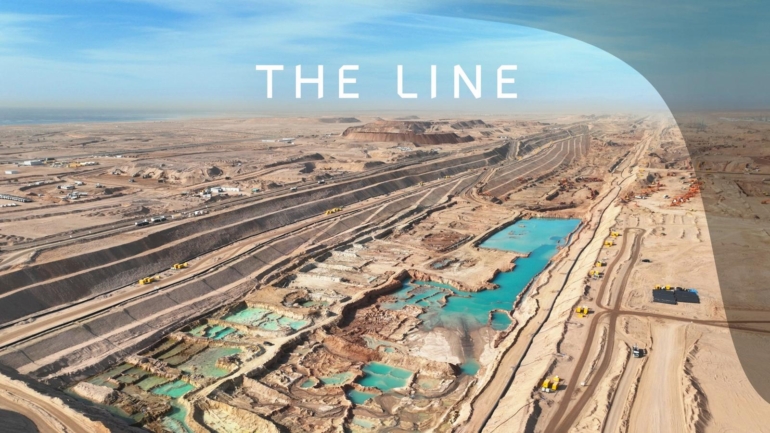
The revelation that Neom’s own climate advisor is highlighting possible adverse weather impacts adds another layer of complexity for the Crown Prince. His commitment to a sustainable future for Saudi Arabia is a central pillar of the Vision 2030 plan, with Neom as its most prominent symbol. The possibility that this landmark initiative—designed to showcase environmental leadership—could unintentionally cause environmental harm challenges the project’s foundational principles and long-term sustainability.
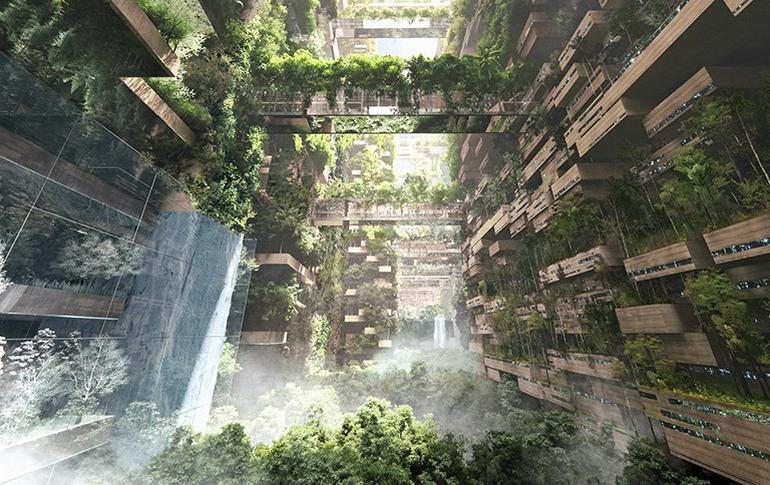
As Neom continues to chart its ambitious course, addressing these environmental concerns will be essential to ensure that the dream of a revolutionary, sustainable city does not inadvertently evolve into an ecological dilemma.

